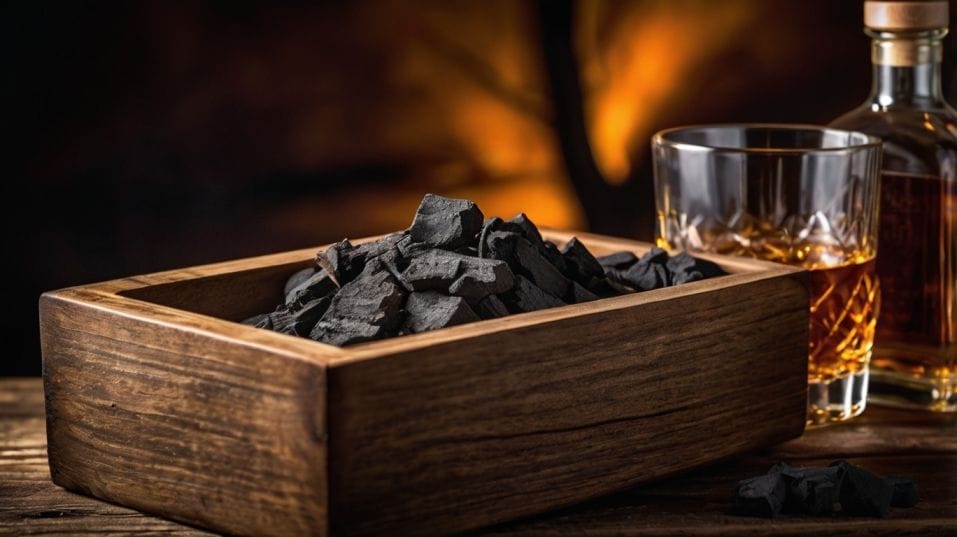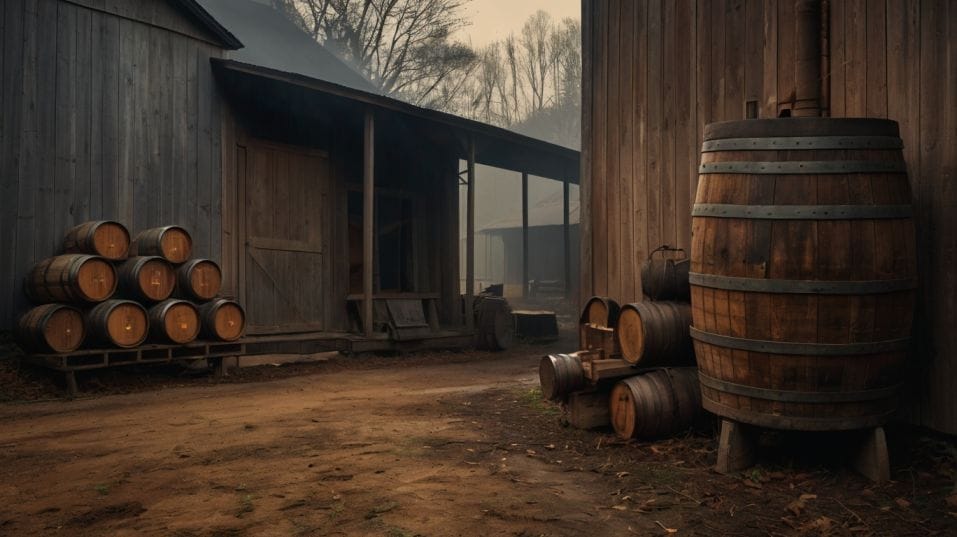The Story Behind Jack Daniel’s Slave-Taught Distiller
An enslaved distiller shaped Tennessee whiskey. Learn why that legacy deepens how you taste, collect, and appreciate every bottle.

Who really taught Jack Daniel to make whiskey? The answer isn’t just surprising—it reshapes how you think about Tennessee whiskey altogether.
Before the label, before the legend, there was Nearest Green, an enslaved man whose skill behind the still laid the foundation for an American icon.
If you’re just starting your whiskey journey, understanding this origin isn’t trivia—it’s a key to tasting with insight, collecting with context, and drinking with purpose.
A Legacy Hidden in Plain Sight
Jack Daniel’s is one of the most recognizable whiskey brands in the world. Black label. Square bottle. Mellow Tennessee character.
But the deeper story—buried for more than a century—starts with Nearest Green, a man enslaved on a Lynchburg farm owned by preacher Dan Call.
Call ran a still alongside his ministry, which wasn’t unusual at the time. What was unusual was the talent standing behind it.
Nearest wasn’t just running the still. He was the distiller. He understood the science of fermentation and the practical art of running a clean, consistent operation—skills developed over years of hands-on, day-to-day experience.
When Jack Daniel, still a young white boy in need of work, came to Call’s farm, it wasn’t the preacher who taught him how to make whiskey. It was Nearest.
That changes the entire foundation of American whiskey. Because the blueprint of what we now call Tennessee whiskey—the flavor, the technique, the feel—came from someone who couldn’t legally own what he created.

The Process That Defined a Style
You hear a lot about the Lincoln County Process if you spend any time in whiskey circles. Most people can repeat the basics: it’s charcoal filtration, done before aging, and it sets Tennessee whiskey apart from bourbon.
But that’s just the mechanics. What matters more is what it does. Nearest Green didn’t invent this method, but he was a master of it.
The process involves slowly filtering new-make whiskey through sugar maple charcoal, sometimes over the course of days.
That extra step pulls out harsh congeners and impurities, softening the spirit without stripping its core flavor.
The result is a whiskey that’s smoother on the front, with less burn and more room for the sweetness of the corn and the subtle influence of the barrel to come through.
That Difference You Can Taste
That difference is one you can taste—once you know what to look for. Tennessee whiskey doesn’t hit as hard on the nose as a bold Kentucky bourbon. It’s rounder.
Gentler. But that doesn’t mean it lacks complexity. It just builds it in layers rather than punches. For someone learning to taste whiskey with intention, this is a critical lesson: the quiet notes matter.
What This Means for Your Palate
Understanding where a whiskey comes from doesn’t just help you impress people with trivia. It sharpens how you drink.
When you know a bottle was filtered through sugar maple charcoal, you start to look for the result of that choice—how it affects the texture, how it smooths the heat, how it opens the sweeter notes underneath.
More importantly, it gives you a framework to compare. Try a classic Tennessee whiskey next to a high-rye bourbon or an unfiltered single malt.
Now your tongue has a point of reference. You’re no longer guessing what “smooth” or “mellow” means. You’re tasting how different methods create different outcomes.
Technique Over Marketing
This is where technique matters more than marketing. A label won’t tell you how the whiskey will feel in your mouth. But understanding the process—where it comes from, what it does—will. And that makes you a better drinker.
Collecting with Context
When you're building a whiskey shelf, don’t just chase rare labels or hyped releases. Start with bottles that tell a story—real ones. The kind of story you can taste.
A bottle of Tennessee whiskey that uses the Lincoln County Process isn’t just a stylistic choice. It’s a marker of history, of a method passed down through people like Nearest Green who never got to write their name on the bottle.
Build a Shelf That Builds You
Adding something like that to your collection does two things: it helps you understand a whole category of whiskey from the inside out, and it grounds your collecting in real technique, not trends.
You don’t need a hundred bottles to build a serious whiskey shelf. You need the right dozen—the ones that each teach you something different about fermentation, distillation, filtration, and aging.
That’s how collectors with good taste actually build their collections: bottle by bottle, with a purpose behind each pour.
A Better Way to Learn Whiskey
The story of Nearest Green also forces a bigger conversation: who gets credit in whiskey? Who gets remembered? And who gets left out?
The uncomfortable truth is that much of American whiskey’s foundation was built by enslaved people who distilled, coopered, and farmed without recognition. Their influence is still in the product. Still in the process. Still in the glass.
Ask Better Questions, Taste with Intention
As someone getting into whiskey, that gives you a responsibility: to ask better questions. Don’t just repeat what the label says.
Look deeper. Who made it? How did they make it? What techniques define it? When you drink with that mindset, every pour becomes a lesson—not just a buzz.
And here’s the upside: that curiosity makes your palate sharper. You stop drinking passively. You start tasting actively. And that’s where real expertise begins—not with collecting expensive bottles, but with collecting real understanding.
Final Thoughts
Jack Daniel may be the name on the bottle, but it’s Nearest Green’s hands that shaped the whiskey.
His technique—the filtration, the consistency, the care—still defines what Tennessee whiskey is supposed to taste like. And if you're serious about learning whiskey, that matters.
Don’t just drink what everyone else drinks. Don’t just chase bottles you saw online. Instead, pour a whiskey that teaches you something. Start with Tennessee.
Taste the process. Think about where it came from. Then build out your palate bottle by bottle, story by story.
You’re not here to drink like everyone else. You’re here to drink smarter. Start that process today—by tasting something with history in it.




